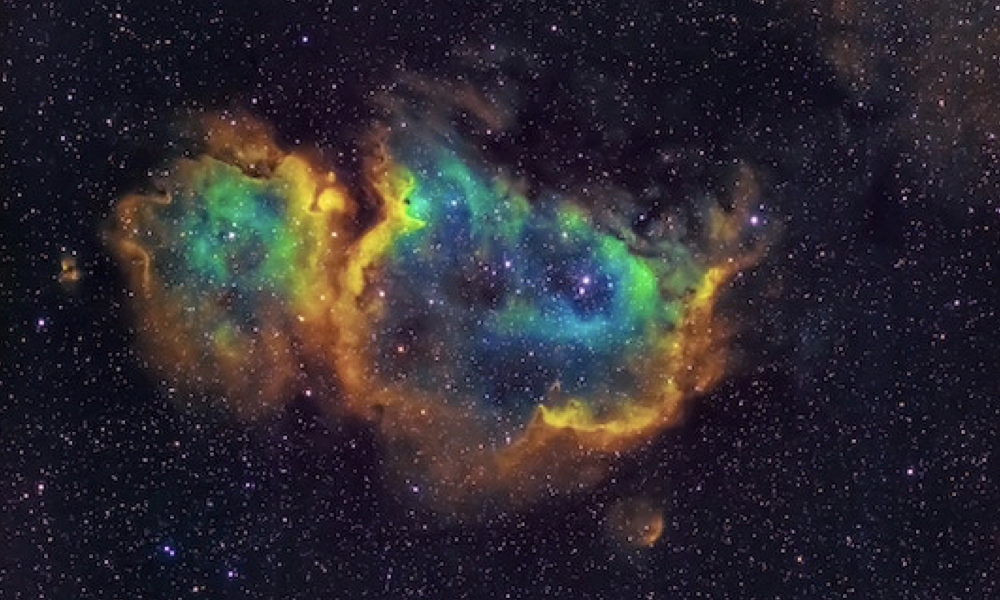
ESA Open Invitation To Tender AO8739
Open Date: 04/07/2016
Closing Date: 01/09/2016 13:00:00
Status: ISSUED
Reference Nr.: 15.1EC.05
Prog. Ref.: TRP
Budget Ref.: E/0901-01 – TRP
Special Prov.: BE+DK+FR+DE+IT+NL+ES+SE+CH+GB+IE+AT+NO+FI+PT+GR+LU+CZ+RO+PL+EE+HU
Tender Type: C
Price Range: 200-500 KEURO
Products: Orbital Transportation & Re-entry Systems / GNC / Sensors / Rendezvous, Gyros, Sun Sensors,
Technology Domains: Space System Control / Control Systems Innovative Technologies / GNC Technologies for Entry, Descent and Landing
Establishment: ESTEC
Directorate: Directorate of Technical & Quality Management
Department: Electrical Engineering Department
Division: Control Systems Division
Contract Officer: Karl, Heinz-Uwe
Industrial Policy Measure: N/A – Not apply
Last Update Date: 04/07/2016
Update Reason: Tender issue
Current navigation architectures for precision landing involve the use of absolute visual navigation (AVN – matching of known landmarks) along the coasting phase to meet the precision landing requirement at landing site ; relative visual navigation (RVN – unknown features tracking) take-over during the last kilometers of flight to maintain the landing error within the requirements. Alternatives strategies may complement or improve the end-to-end navigation performance such as : use of GNSS in Lunar Orbit (currently investigated in the frame of 3 GSP contracts), use of beacons located on the surface or onboard orbiters, or accurate Earth-based orbit determination. The activity will trade-off possible navigation architectures, including hybrid solutions (such as AVN / beacon or GNSS/ RVN etc) as a function of the required navigation performances. The activity will encompass detailed end-to-end navigation performance assessment based on high-fidelity measurement models (for GNSS, orbit determination, beacon, AVN and RVN, and any other measurement required).In particular, to support the AVN validation, the relevant synthetic validation dataset will be generated for the whole trajectory sequence, including known error sources (map-tie, artefacts, etc).In particular, a set of orbital images will be generated based on the true DEM, by injecting S/C pose error and sensor errors, while a “measured” DEM will be generated from the “true” DEM by injecting error sources representative of known contributors (based on LRO / Kaguya experience). Coherent Descent images will also be generated to support the validation campaign. For each of the technique, a consolidated error budget will be produced at key point of the trajectory.
If you wish to access the documents related to the Invitation to Tender, you have to log in to the ESA Portal.
